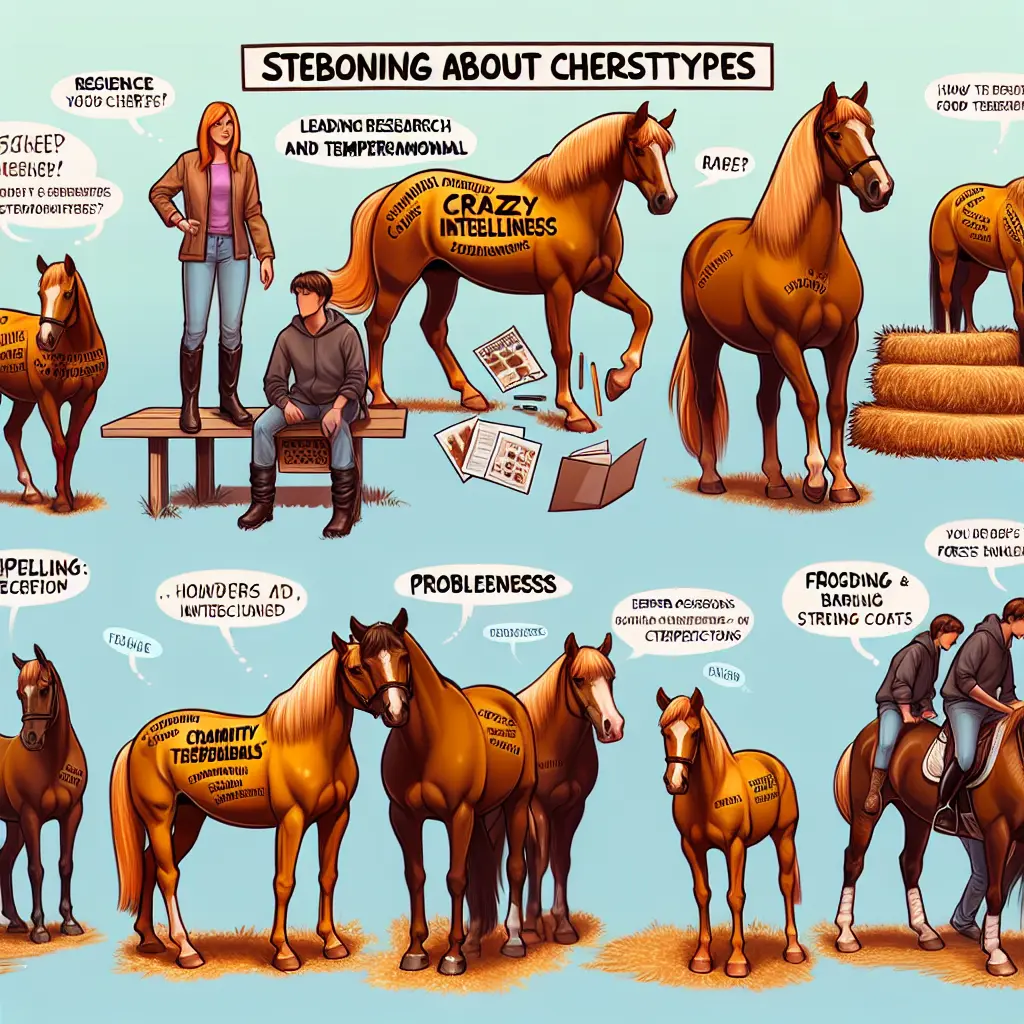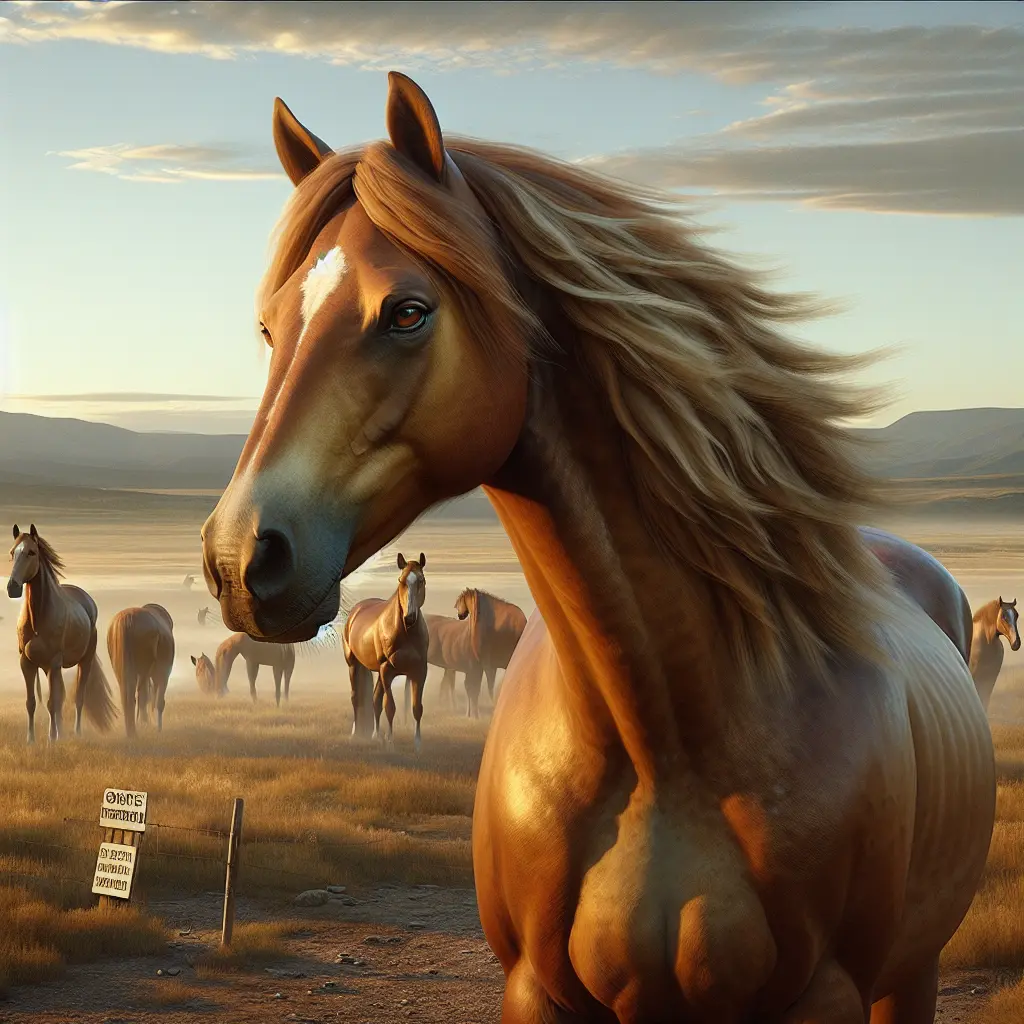The Misunderstood Charm of Chestnut Mares: Debunking Stereotypes and Embracing Unique Personalities

Chestnut mares have long been tagged with a slew of adjectives that aren't always flattering. From "crazy" to feisty, these horses endure a heavy weight of stereotypes in the equestrian community. Yet beneath these surface-level assumptions lies an intriguing and multifaceted personality that deserves celebration.
The Origins of the Chestnut Mare Stereotype
Where did the chestnut mare's notorious reputation stem from? For generations, horse owners have passed down anecdotes highlighting supposed behaviors like moodiness and stubbornness, which have unfoundedly been tied to their chestnut coat color. But is there any truth in these tales, or are they mere horse folklore?
Scientific insights show no real connection between a horse's coat color and its behavior. Sure, chestnut horses, in general, might exhibit a boldness in personality, but that’s far from being a judgment on their sanity[1].
Gender and Behavior: Why Target Mares?

Interestingly, the chestnut stereotype mainly targets mares, an observation worth exploring. While some may speculate on the combination of coat color and female chromosomes affecting behavior, no genetic study backs this theory[1]. Instead, hormonal changes could be a likely driver. This could naturally make mares more sensitive or reactive compared to their male counterparts.
Understanding Chestnut Mares’ Unique Personalities
When owners and riders embrace these horses beyond stereotypes, they uncover traits like intelligence, independence, and loyalty. Below are personality traits often noted by chestnut mare owners:
- They confidently lead their herd, asserting dominance in social dynamics[3].
- They articulate displeasure with vocalizations or expressive body language[3].
- A strong protective instinct forms intense bonds with trusted humans and horses[3].
- Being quick learners, they savor thoughtful training regimes[3].
These characteristics suggest a horse that is not erratic but one that is complex and highly perceptive.
Chestnut Coat Color: Genetics and Its Role

In genetic terms, chestnut is notable as one of the two base coat colors in horses. This is determined by recessive genes where two copies of the red pigment gene need to be present. Consequently, this produces a range of shades from golden to reddish-brown[2]. With a mane and tail that subtly blend, the striking "ginger" appearance is admired across many breeds.
For instance, the Suffolk Punch breed is almost exclusively chestnut and valued for its tranquil demeanor and power[4]. This illustrates how chestnut coloring effortlessly crosses various equestrian disciplines and temperaments.
Embracing the Chestnut Mare’s Charm
By stepping away from baseless stereotypes, we open ourselves to genuine admiration for the chestnut mare’s vivacity. They embody a boldness, intelligence, and faithfulness that benefits with patience and respect, forging rewarding bonds.
Replacing the narrative of “crazy chestnut mare” with “spirited and bold horse” offers a fuller spectrum of appreciation. It emphasizes behavior influenced by hormones and environment over the misled emphasis on coat color.
A Closer Look at Equestrian Equipment and Supplements

Just as a horse's personality is multi-dimensional, so are their needs. For chestnut mares, ensuring they have the best equipment and supplement can make a difference in their comfort and performance. For those looking into quality equestrian gear, consider our range of jodhpurs, boots, and gloves for a perfect riding experience. Adding a touch of personality to your ensemble can be achieved with our diverse selection of riding socks.
Don’t forget to pamper the magnificent chestnut mare with gifts and treats, keeping her as delighted as she keeps her human companions! Also, ensure her vitality is sustained with everyday vitamins and supplements.
Stable Solutions and Weather-Proof Equipment
Providing a comfortable environment that accommodates the horse’s preferences is vital - from a snug stable rug to practical turnout rugs. And for battling insects, ensure the protection of your mare with fly shields.
Conclusion
Chestnut mares thrive swathed in misunderstood charm, shaped by myths that lack scientific validation. Their boldness and assertiveness spell advantages if approached with care. By debunking outdated stereotypes, we pave the way for recognizing their unique qualities fully.
The bond we form with these agile, quirky, and benevolent animals enriches our understanding of equine diversities. Chestnut mares, with their vibrant personalities, contribute significantly to the fabric of equestrian life. Capturing the essence of who they truly are allows us to break barriers and build profound connections with these majestic beings.


